We’re delighted to introduce Bidgee and Cumberland, adult males caught and released in the Benerembah area north of Griffith last week. Bidgee comes courtesy of the Murrumbidgee Field Naturalists Club, while Cumberland represents the Cumberland Bird Observers Club. They are two of the generous organisations that bought naming rights during our crowdfunding.
These are the sixth and seventh bitterns in our satellite tracking program and will provide further insight into where the population goes after rice harvest in autumn. Beyond the rice crops, it’s crucial to identify the network of wetlands that these endangered birds rely on throughout the year. Will they stay local and use the nearby Mirrool Creek and Barrenbox Swamp, or like our previous tracked bitterns, will they depart the Riverina and travel hundreds of kilometres to far-flung wetlands? Beforehand, there’s also the added bonus of seeing how concentrated their movements are in the rice crops during the breeding season.
We caught them using the cage traps, where territorial males are lured inside by playing the booming call and seeing their reflection in a mirror. There is no bait, just the false impression of another male threatening their position. The females have again eluded us, not least because of a broken net gun. The plan is to catch four more bitterns before the season’s end and we dearly hope females are among them.
Various other highlights from the week appear in the photos below, including a ten-minute mating session. Enjoy!
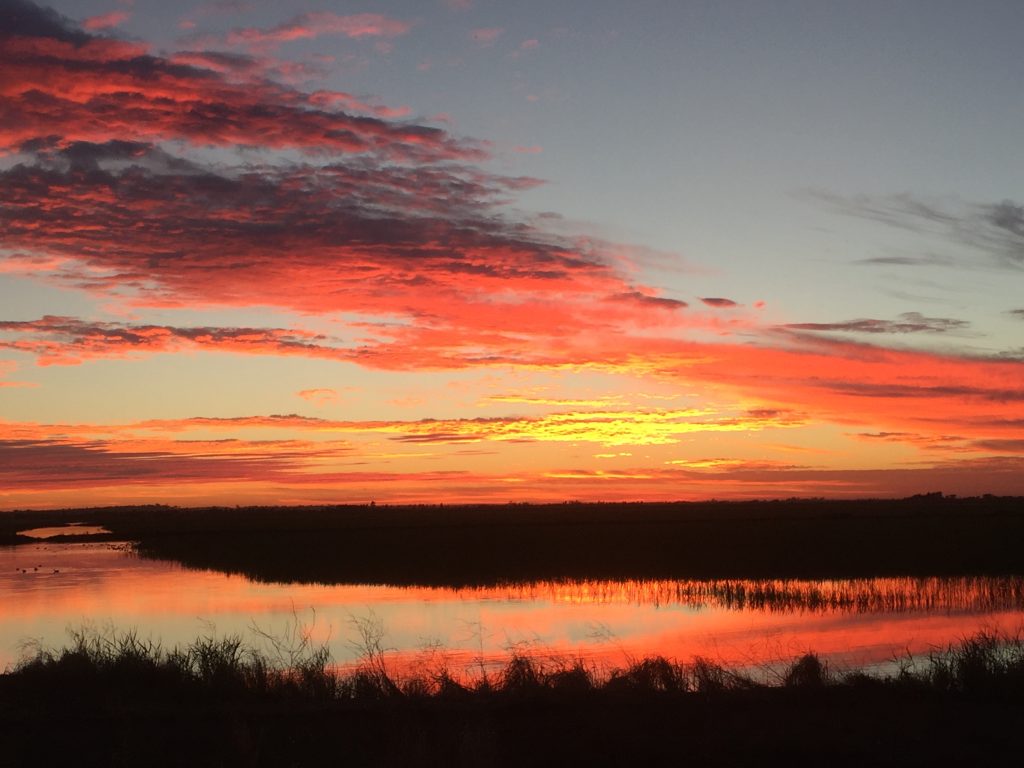 Our morning prayers to the bittern gods were answered; two new bitterns for the tracking program last week.
Our morning prayers to the bittern gods were answered; two new bitterns for the tracking program last week.
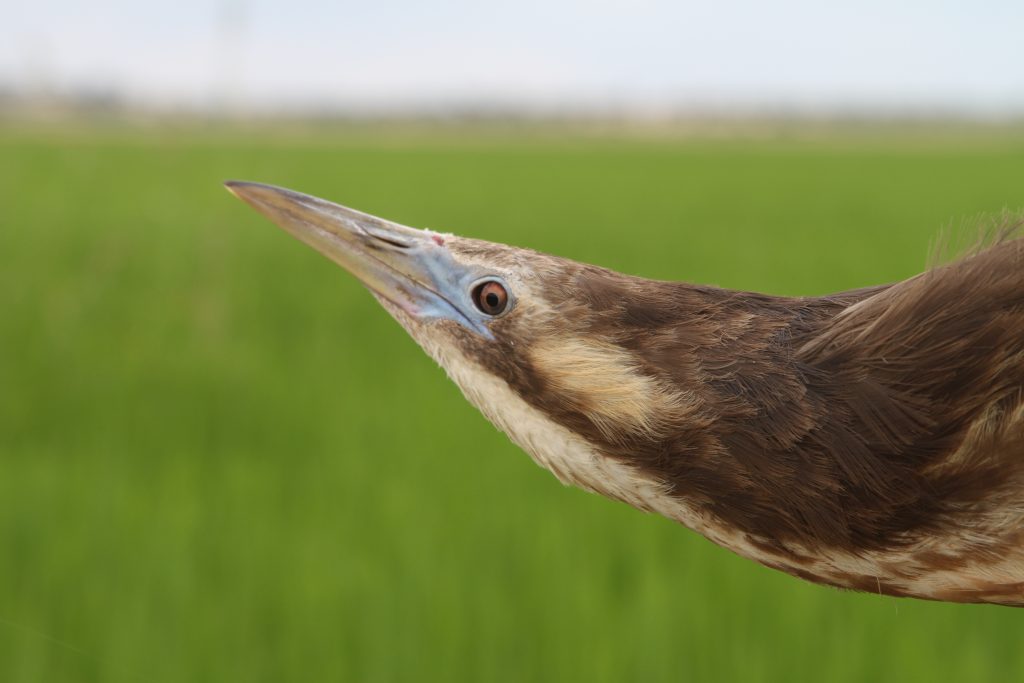 Meet Bidgee from Benerembah. He was lured inside a cage trap with call-playback and a mirror.
Meet Bidgee from Benerembah. He was lured inside a cage trap with call-playback and a mirror.
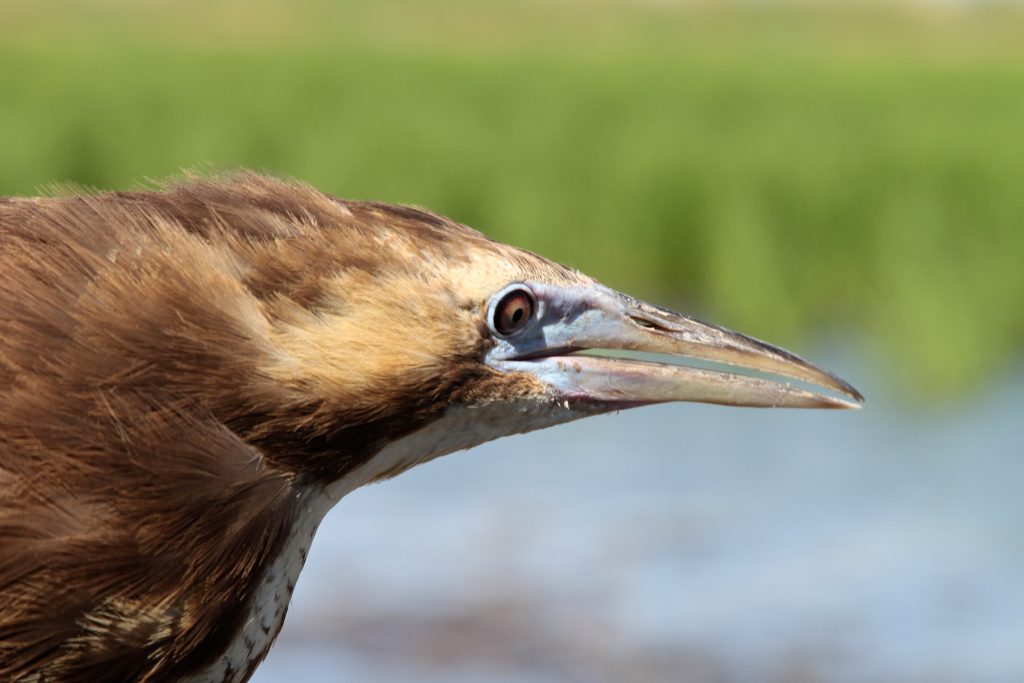 Meet Cumberland, another big adult male from Benerembah.
Meet Cumberland, another big adult male from Benerembah.
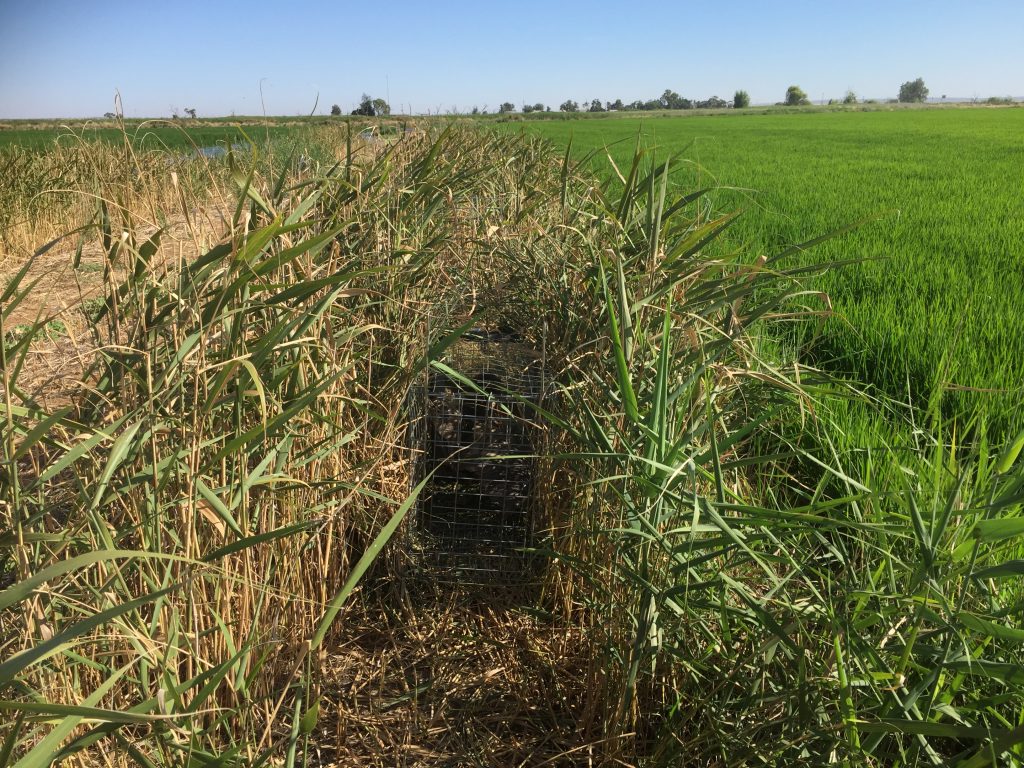 Cumberland in the cage trap along a strip of Phragmites adjacent to his rice field.
Cumberland in the cage trap along a strip of Phragmites adjacent to his rice field.
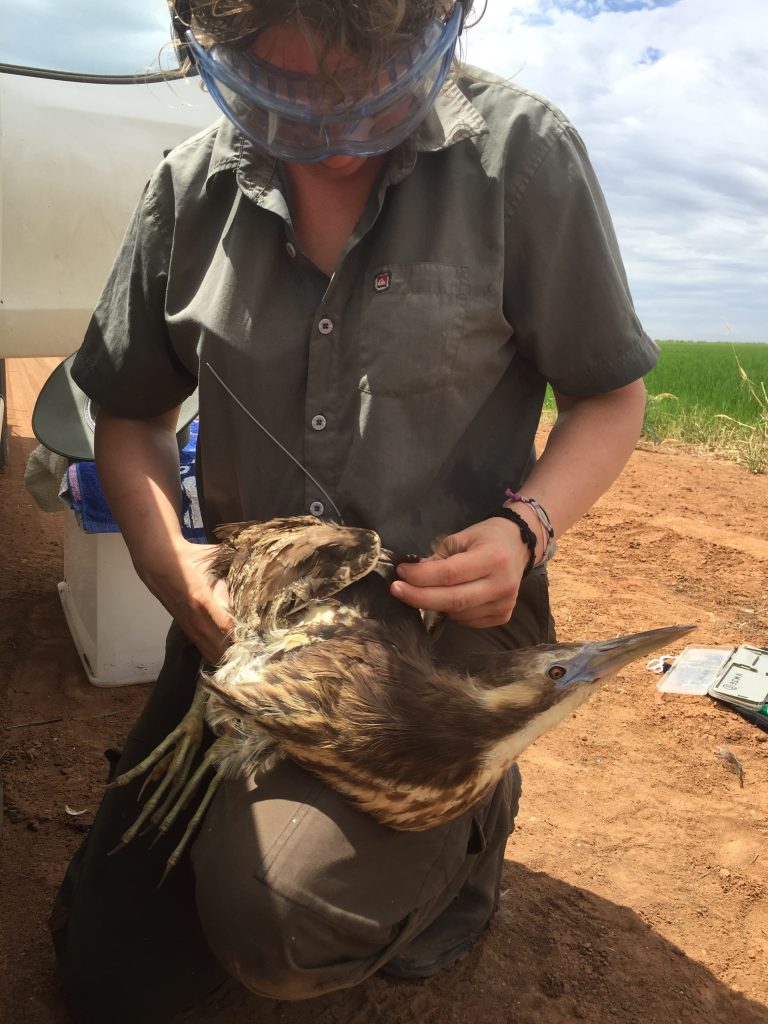 Inka Veltheim checking Bidgee’s harness prior to release.
Inka Veltheim checking Bidgee’s harness prior to release.
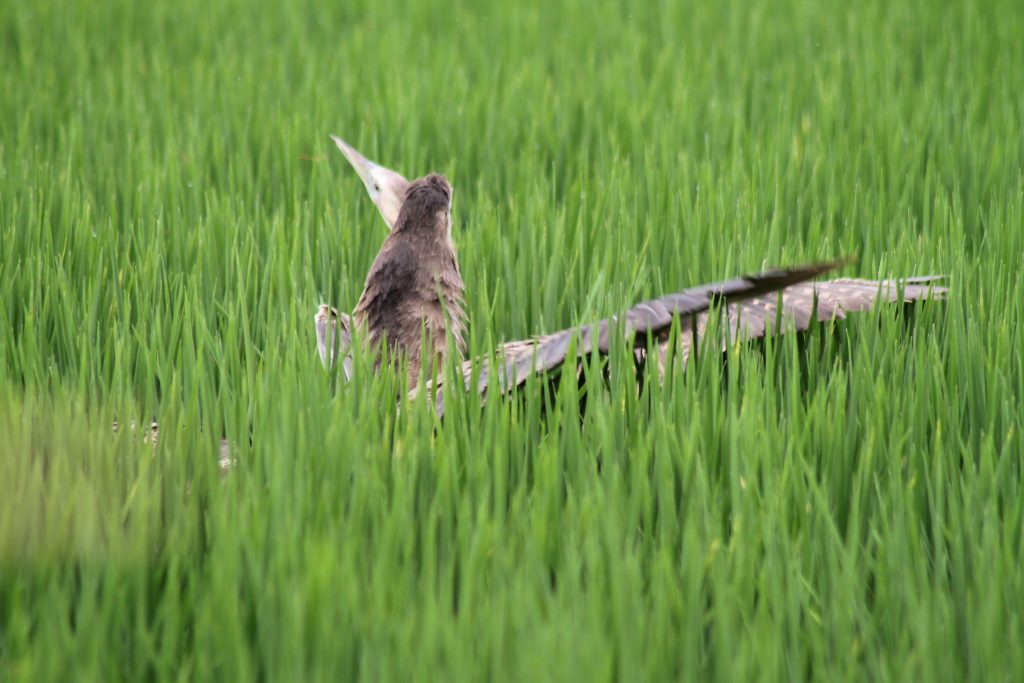 We witnessed a stand-off between two males vying for a female. The victor proceeded to mate with her for over ten minutes, much longer than we’ve recorded previously. She was exhausted and could barely fly afterwards.
We witnessed a stand-off between two males vying for a female. The victor proceeded to mate with her for over ten minutes, much longer than we’ve recorded previously. She was exhausted and could barely fly afterwards.
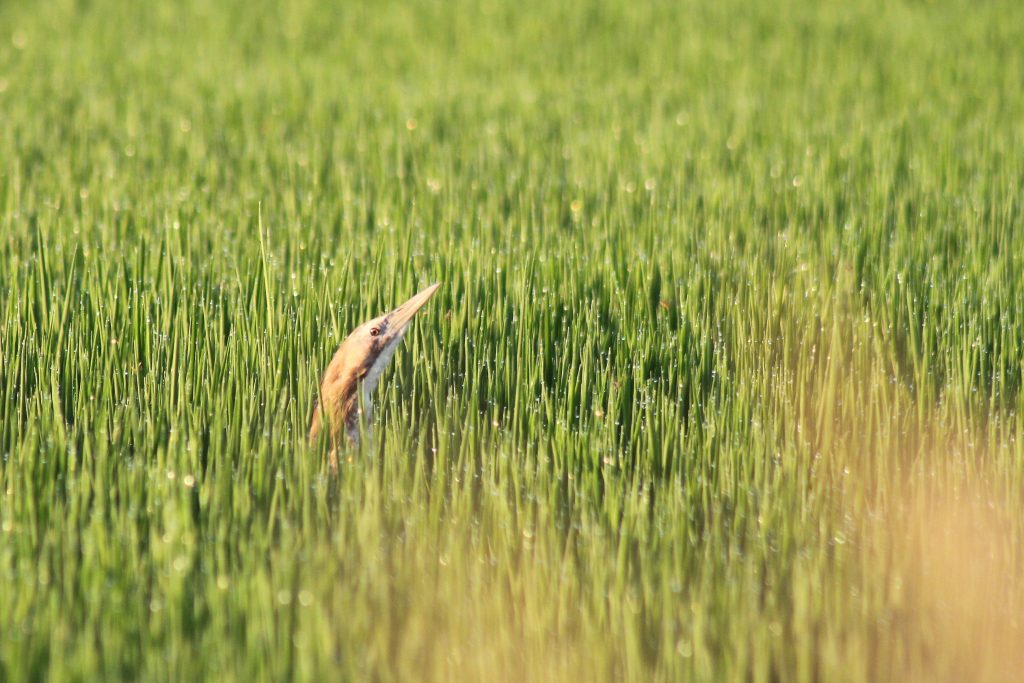 The smaller, paler females evaded our capture efforts but we remain determined to include them in the tracking program.
The smaller, paler females evaded our capture efforts but we remain determined to include them in the tracking program.
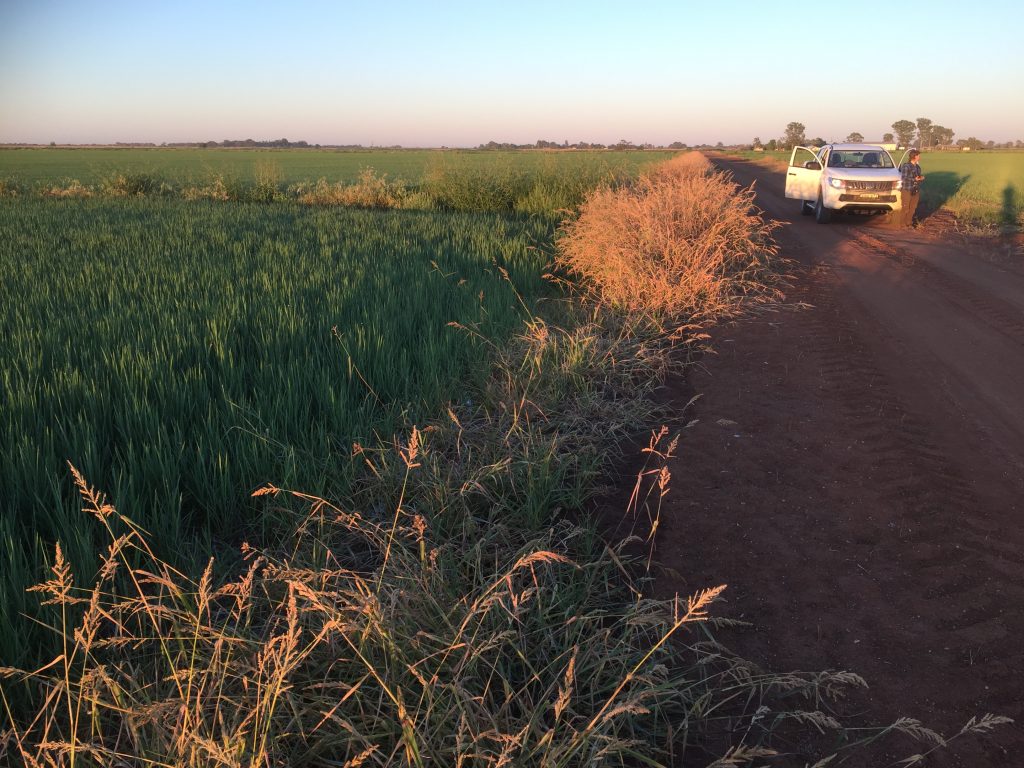 This site supports at least six bitterns, as well as Baillon’s, Spotted and Spotless Crakes, and Buff-banded Rails. By mid-season, the Riverina’s rice fields are brilliant for cover-dependent waterbirds.
This site supports at least six bitterns, as well as Baillon’s, Spotted and Spotless Crakes, and Buff-banded Rails. By mid-season, the Riverina’s rice fields are brilliant for cover-dependent waterbirds.
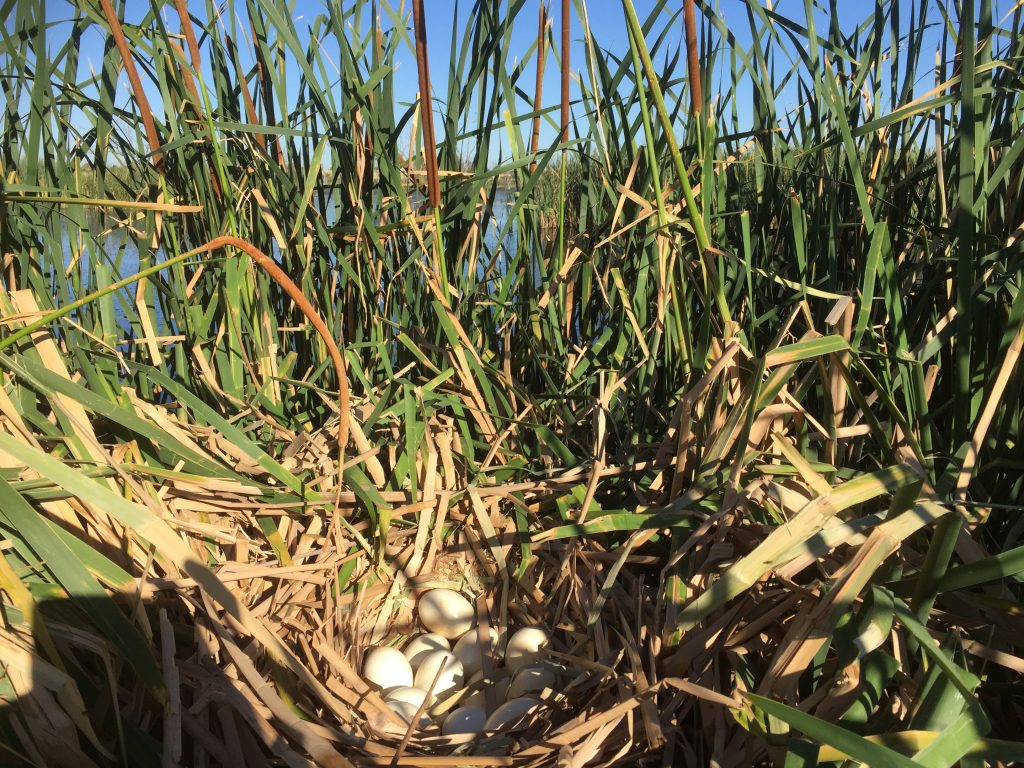 The waterbird boom continues, with breeding trios of Magpie Geese still going gangbusters in the Riverina. This nest has at least 12 eggs and was found in a Cumbungi swamp near Griffith last week.
The waterbird boom continues, with breeding trios of Magpie Geese still going gangbusters in the Riverina. This nest has at least 12 eggs and was found in a Cumbungi swamp near Griffith last week.
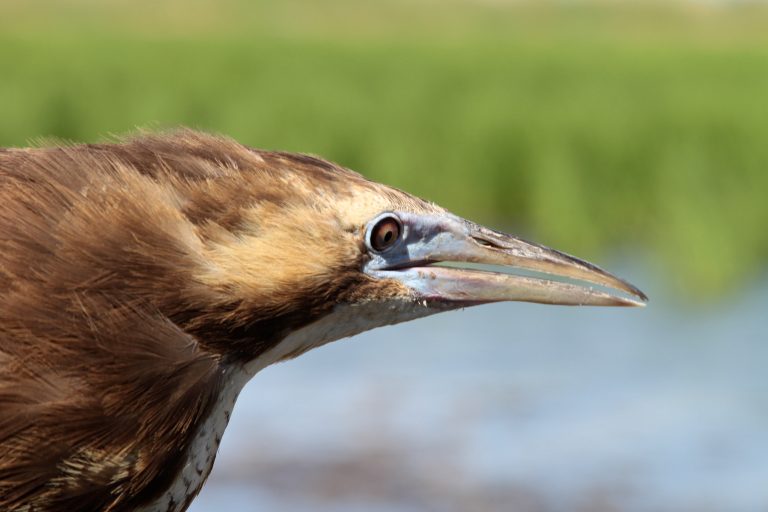
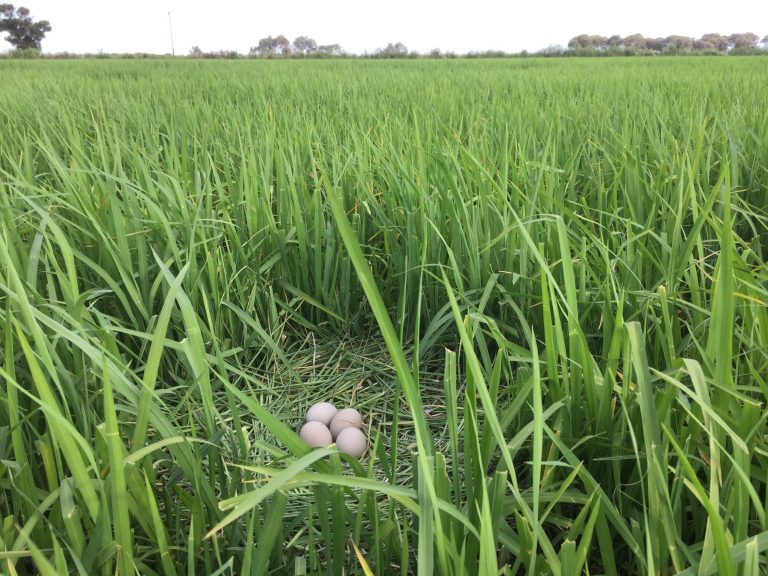
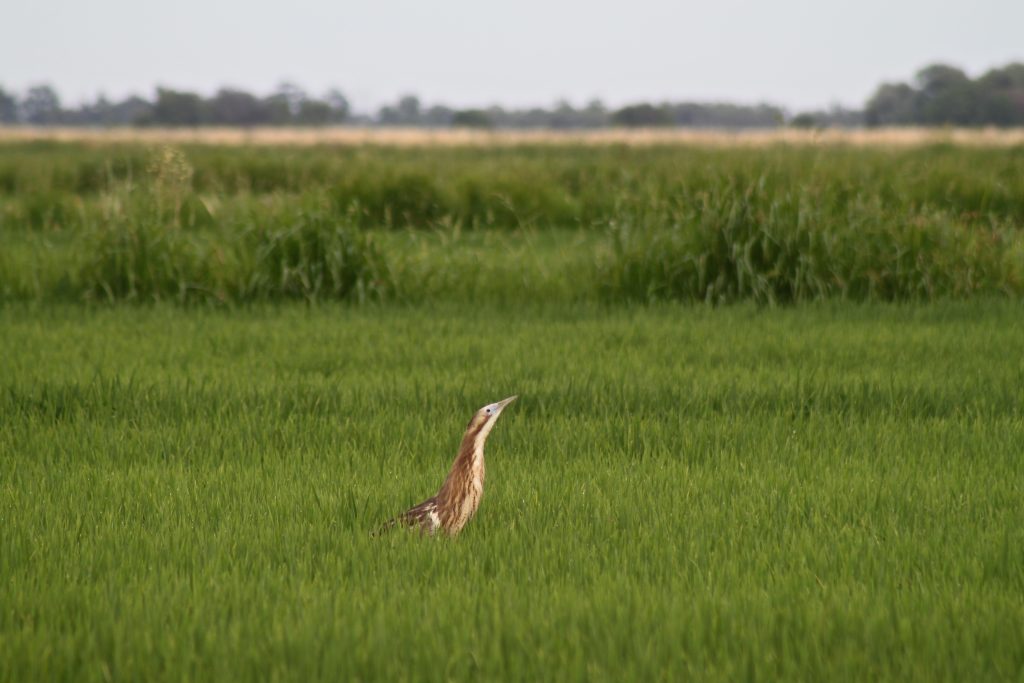 This fine, obliging specimen was one of four bitterns found in this crop near Coleambally. Now is the best time to survey bitterns in rice. The crops are only half-grown but the males are still booming.
This fine, obliging specimen was one of four bitterns found in this crop near Coleambally. Now is the best time to survey bitterns in rice. The crops are only half-grown but the males are still booming.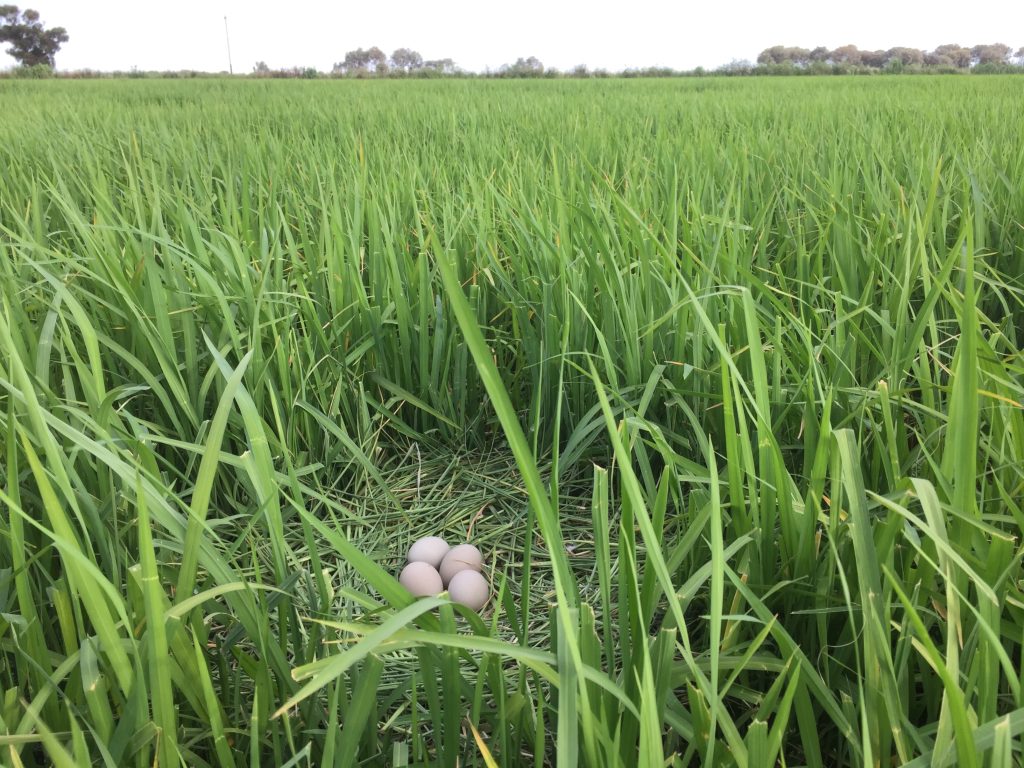 The first precious nest for the season, found 4/01/2017, in a relatively advanced aerially sown crop that had early permanent water. There are five adult bitterns in this crop, suggesting the booming male may have four nesting females in his territory.
The first precious nest for the season, found 4/01/2017, in a relatively advanced aerially sown crop that had early permanent water. There are five adult bitterns in this crop, suggesting the booming male may have four nesting females in his territory.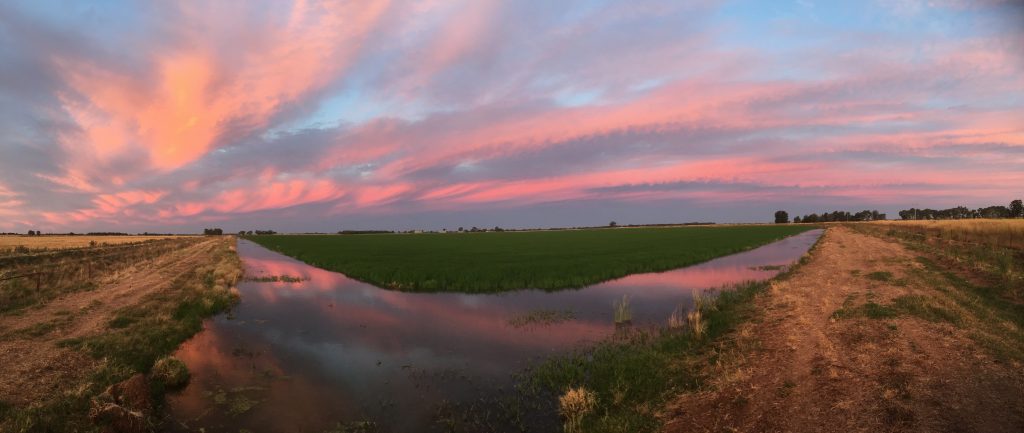 Surveys at the randomly selected farms are geared around sunrise and sunset to maximise detection. It may seem strange not to target sites where we know there are bitterns but this approach means our sample is representative and we can confidently extrapolate our results. On top of a booming male bittern, this site had three Latham’s Snipe from Japan, a couple of Baillon’s Crake and large flocks of Glossy Ibis.
Surveys at the randomly selected farms are geared around sunrise and sunset to maximise detection. It may seem strange not to target sites where we know there are bitterns but this approach means our sample is representative and we can confidently extrapolate our results. On top of a booming male bittern, this site had three Latham’s Snipe from Japan, a couple of Baillon’s Crake and large flocks of Glossy Ibis. 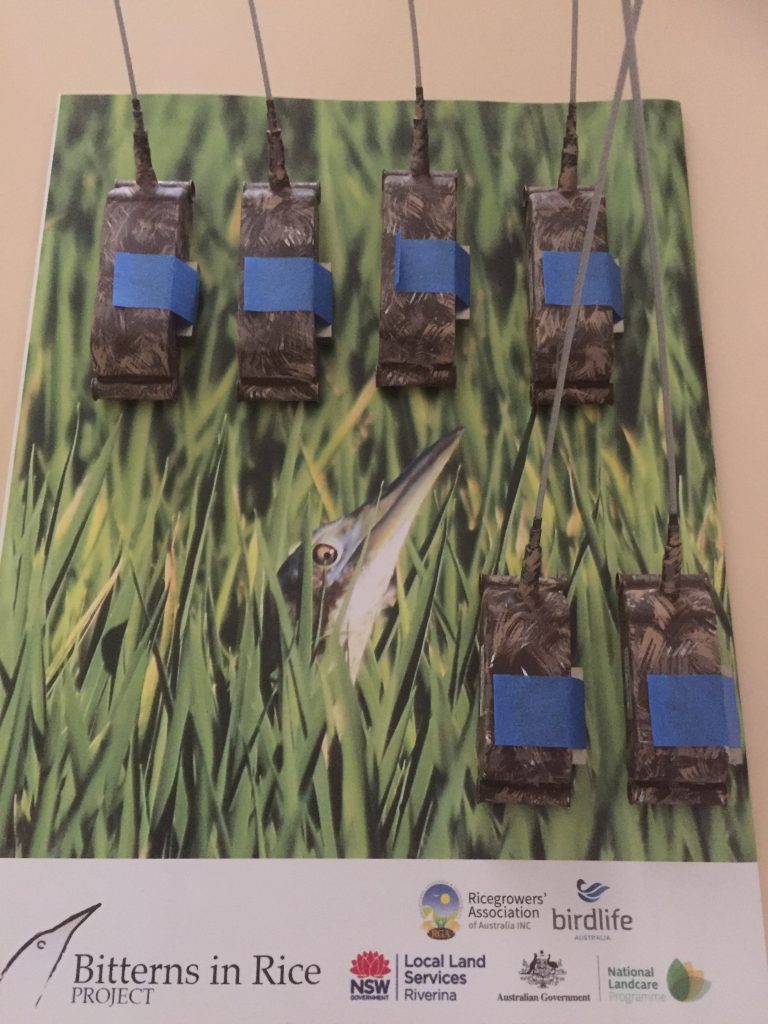 Where will these six new satellite trackers take us? Stay tuned. For a full update on the tracking work to date, read
Where will these six new satellite trackers take us? Stay tuned. For a full update on the tracking work to date, read 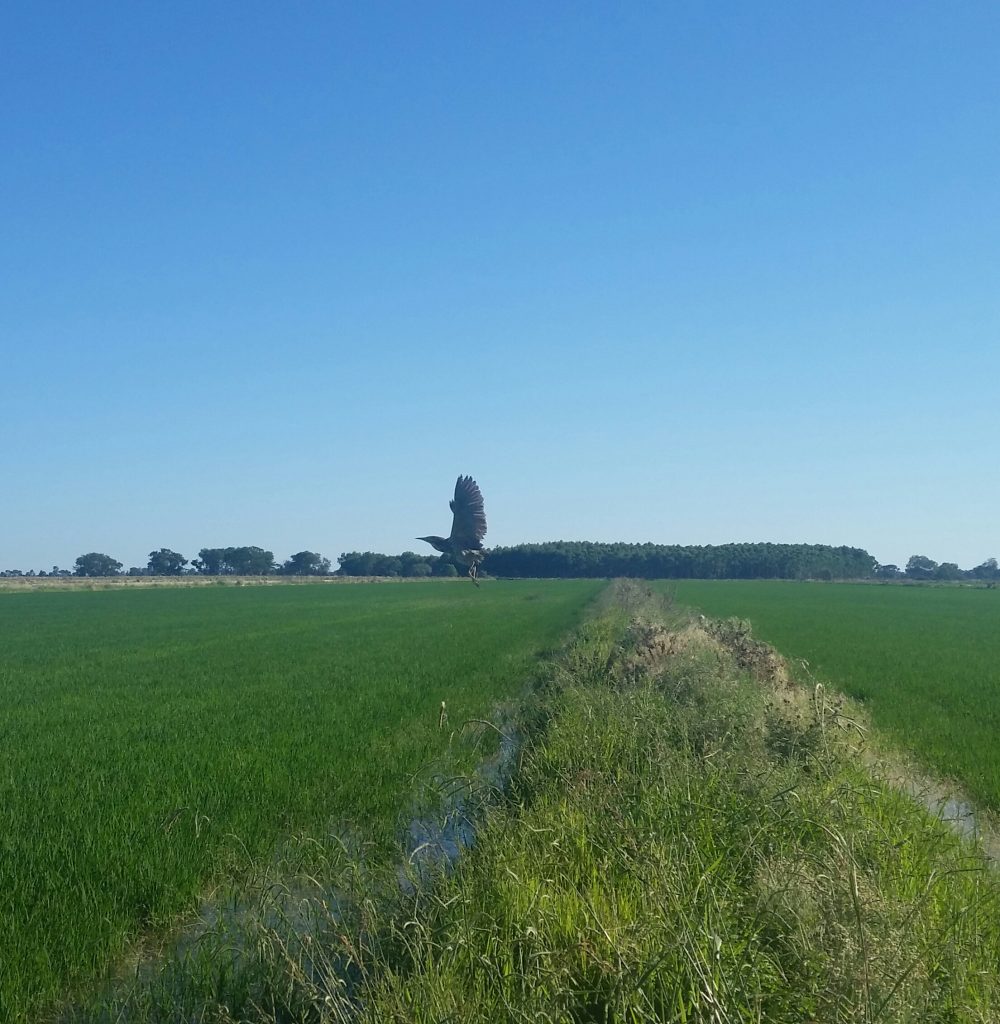 Could this be Coly-Lion back in his breeding territory? We know he dispersed 395 km to Tootgarook Swamp for winter but is he back? Despite the transmitter failing, we should be able to spot his light blue colour band. Thanks to Judy Kroek for the picture.
Could this be Coly-Lion back in his breeding territory? We know he dispersed 395 km to Tootgarook Swamp for winter but is he back? Despite the transmitter failing, we should be able to spot his light blue colour band. Thanks to Judy Kroek for the picture. 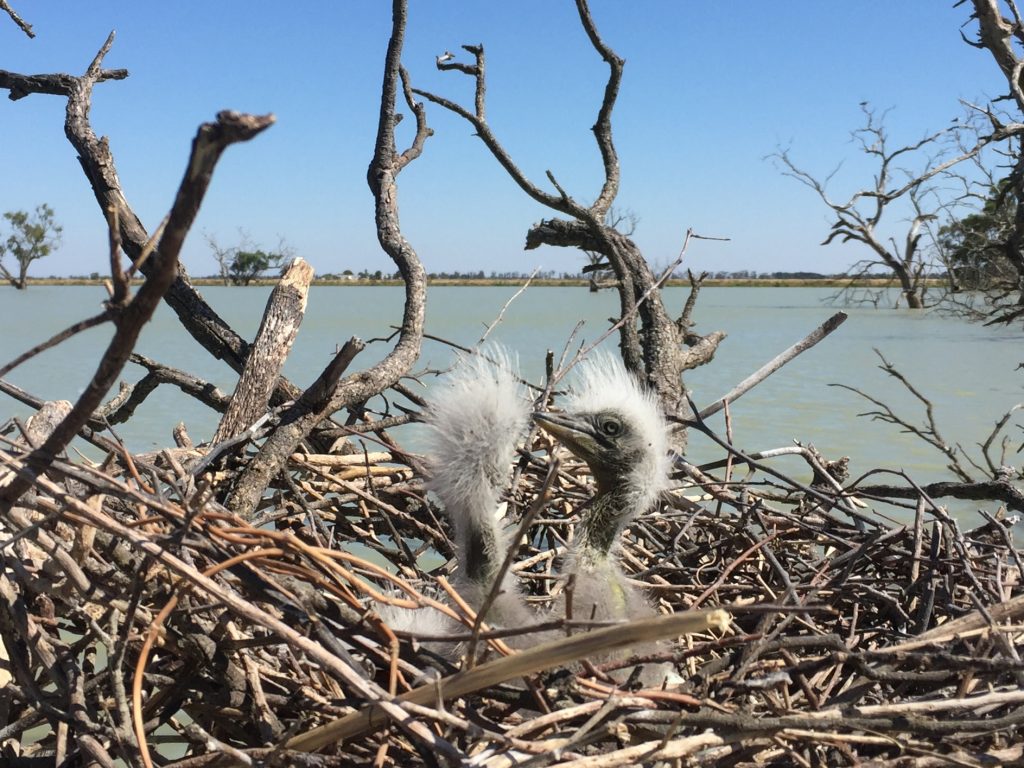 On-farm irrigation storages are undervalued for biodiversity and have huge potential. This one we surveyed a few days ago had a White-necked Heron breeding colony, with at least nine nests.
On-farm irrigation storages are undervalued for biodiversity and have huge potential. This one we surveyed a few days ago had a White-necked Heron breeding colony, with at least nine nests.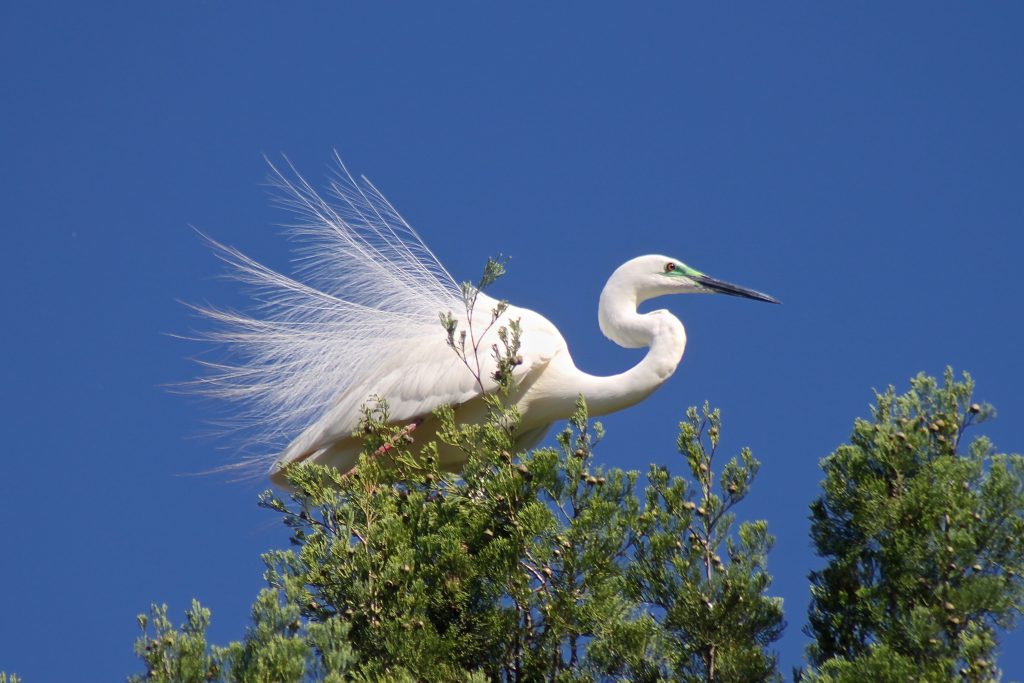 Coleambally’s egret and night-heron breeding colony has ~100 nests this summer. They feed in rice crops and nest in pines on a hill.
Coleambally’s egret and night-heron breeding colony has ~100 nests this summer. They feed in rice crops and nest in pines on a hill.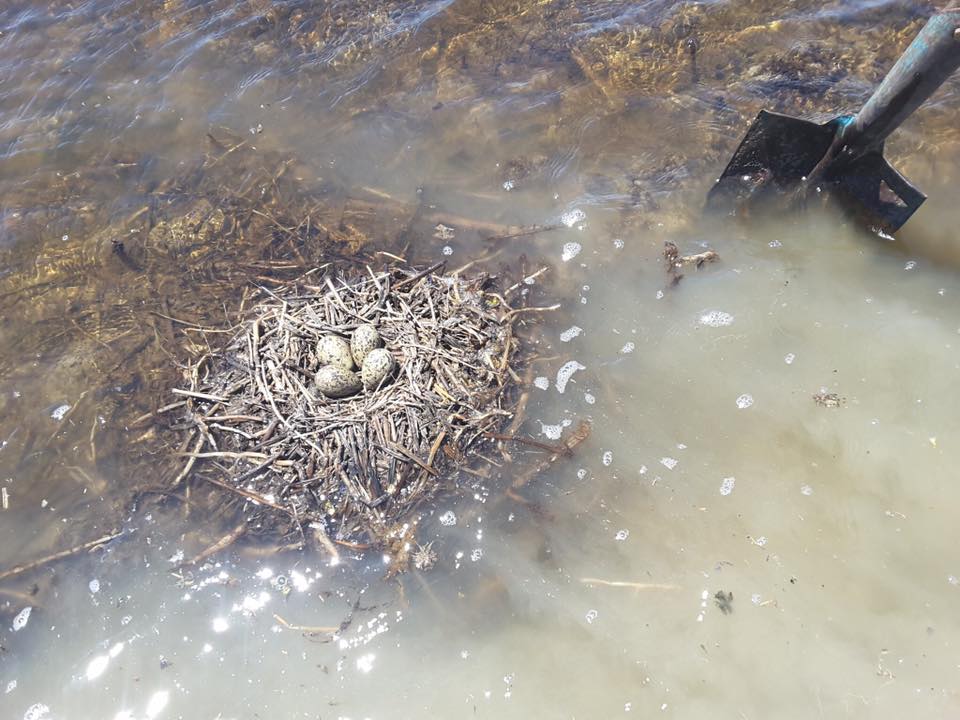 Black-winged Stilts were found nesting in the shallow, flooded rice bays near Wakool in late November. Thanks to Les Gordon for the picture.
Black-winged Stilts were found nesting in the shallow, flooded rice bays near Wakool in late November. Thanks to Les Gordon for the picture.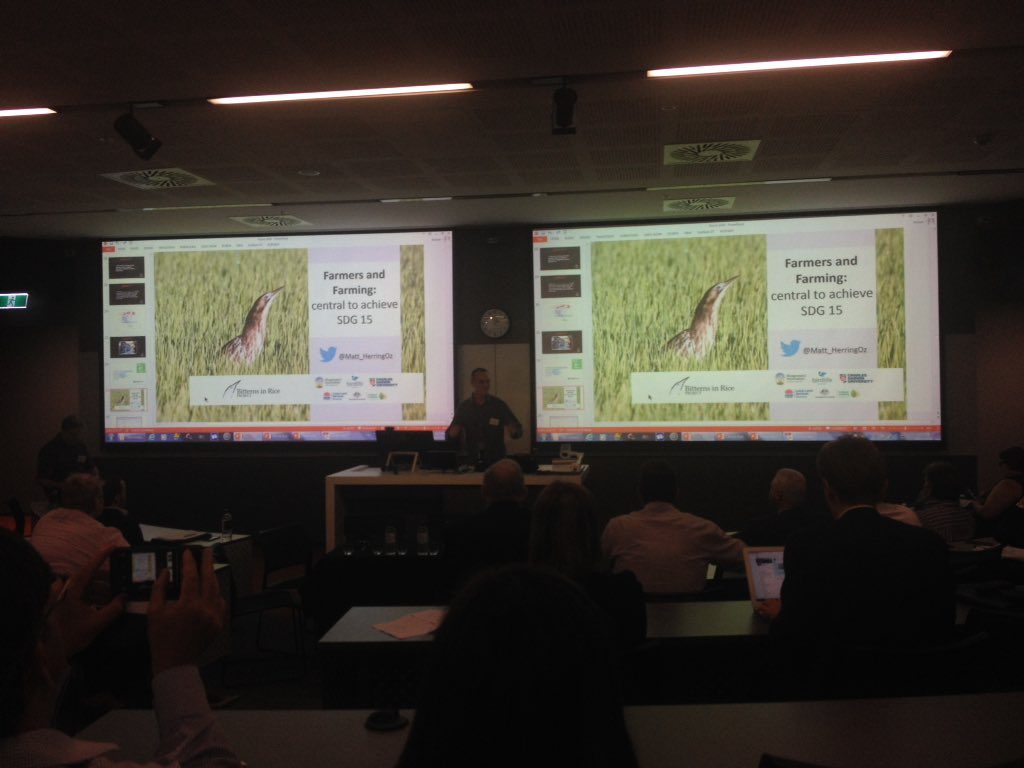 In November, we were humbled to present at the United Nations Sustainable Development Goals Australia Conference at the University of Sydney. Neil Bull and I were flying the flag for farmers as custodians of biodiversity and using the Bitterns in Rice Project as an example of how farmers and their farms will be central in achieving many of
In November, we were humbled to present at the United Nations Sustainable Development Goals Australia Conference at the University of Sydney. Neil Bull and I were flying the flag for farmers as custodians of biodiversity and using the Bitterns in Rice Project as an example of how farmers and their farms will be central in achieving many of